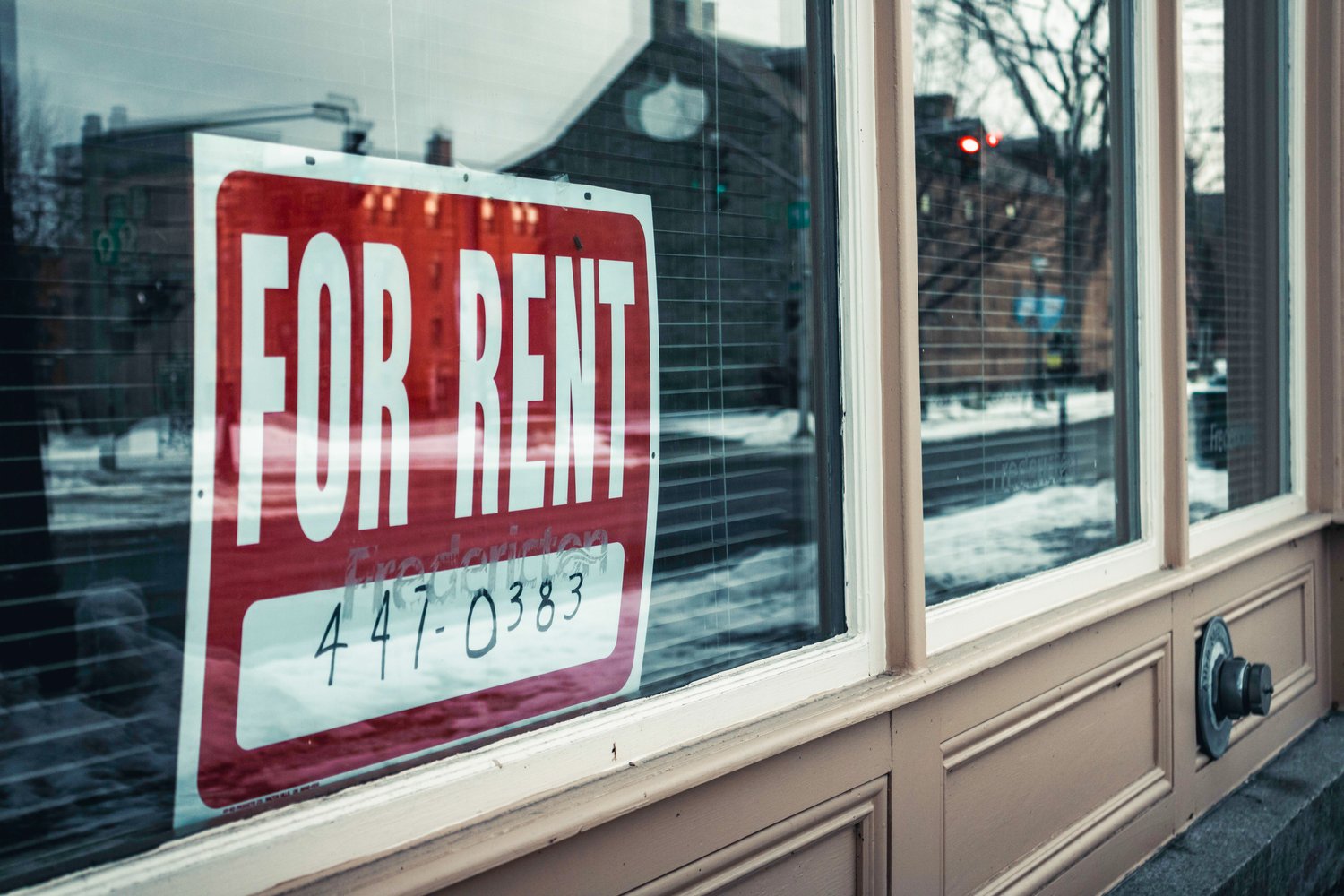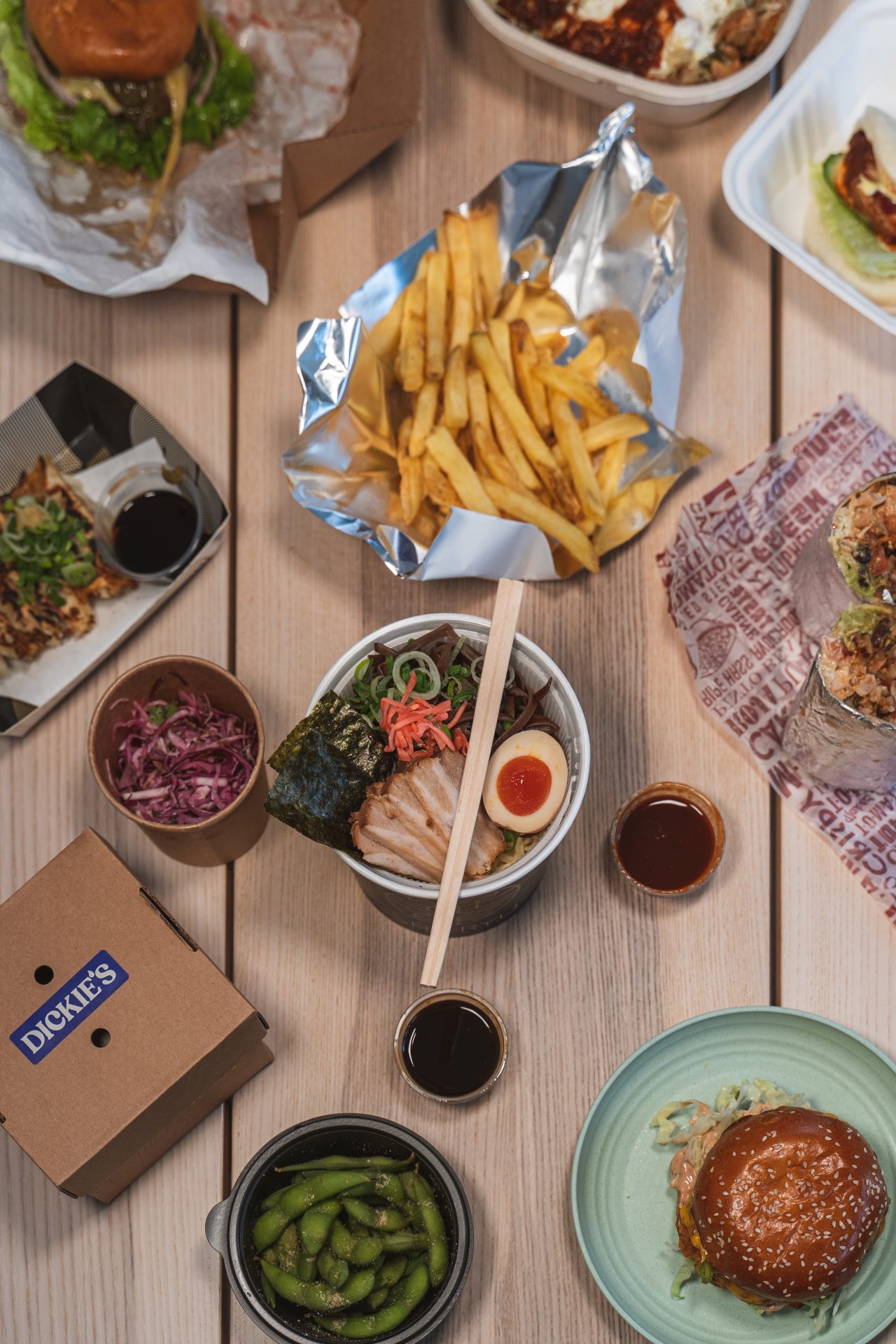The disruption of digital, on-demand business models isn’t a new phenomenon. Amazon, Netflix and Uber are all examples of the growing prominence of the convenience economy. And the food industry is no exception; the way people interact with food has changed dramatically, with more and more consumers choosing to enjoy restaurant meals at home.
In my work at Growth Kitchen, I often find myself discussing the impact of these macro changes with asset owners. In a recent conversation, one large shopping mall owner bluntly asserted: “Retail is going bust”. Whilst this is quite a statement, there is evidence to show that retail is in a downward trend and owners of increasingly underutilised urban assets are looking for ways to prepare themselves for the future.
According to research from the British Takeaway Campaign back in 2019, the takeaway sector was already growing at roughly twice the rate of the overall economy—busy people have increasingly been looking for healthier and more diverse eating options day-to-day. Over the last two years since the pandemic hit however, we’ve seen a surge in ‘dark kitchen’ startups taking on hundreds of leases in cities like London.
That being said, the trend is still nascent and we believe we are only just at the beginning. 2022 will be an acceleration year, especially for those with underutilised retail and industrial spaces that have the potential to serve more customers in major cities. In the search to diversify their tenant base, smart asset owners are focussing on ways to serve customers both on and off-premises.
By now every large urban asset owner should have been exposed to delivery kitchens in some shape or form; the question is, who to partner with to ensure long-term success and sustainable cash flows.
What is a dark kitchen?

Dark kitchens, also commonly known as ghost kitchens, are delivery-only kitchens that are strategically located where supply-demand gaps exist. They can serve as a lucrative alternative to launching brick-and-mortar outlets that are often on the high street and associated with more cost, time, and risk.
As the preferred partner of established and emerging restaurant brands, at Growth Kitchen, we stand at the forefront of this transformation, helping ambitious business owners successfully extend their delivery networks. We are building Europe’s premier network of delivery-only kitchen hubs, bringing the highest quality food brands to new markets and neighbourhoods.
Working with the right partners

Urban real estate has been in a state of flux for the last few years. Although it can be a slow-moving space, industry professionals are quickly starting to explore business models that can help breathe new life into their spaces (and sign lengthier leases in the process!). Forming partnerships with operators of innovative concepts is a great way to reposition underperforming real estate and diversify the tenant base.
However, it’s not as simple as building a kitchen and renting it out to whoever wants to pay for it. The delivery-only kitchen space requires a nuanced understanding of planning and zoning legislation, flow of staff and delivery drivers, and licensing and health requirements. It’s also incredibly important to harness the power of industry insight and analytics to pair the right brands with the right postcodes to ensure success in an increasingly competitive environment.
Properly executed, the delivery-only kitchen model is a win-win for every stakeholder: offering more quality options for consumers, additional revenue and growth avenues for ambitious restaurant brands, more efficient operations for third-party delivery providers and an opportunity to participate in a fast-growing market for landlords and asset owners.
How it's being done in 2022
One particularly exciting use case we are currently exploring at Growth Kitchen involves helping a large hotel chain to provide a better culinary experience for guests. Today, the room service offerings at the hotel are poor, with a choice of five options that all take between 30 and 45 minutes to prepare. Price is prohibitive and quality is average.
Rather than rehash their old model, we are working on an innovative solution whereby guests are able to mix and match between several different high street brands. For example, guests could combine a taco, sashimi and fries all within the same order and receive it to their room within 10 minutes. As a result, we are able to use the kitchen as a delivery hub for our core operations whilst helping the hotel increase customer satisfaction, price per room and traffic.
Conclusion
Ultimately, we are on a journey to bring more quality food options to more people at more affordable prices. To achieve this mission, we are looking to partner with owners of urban real estate who share our vision and are eager to shape the future with us. There is a lot of work ahead and the successful players in 2022 will be those that embrace innovation to stay ahead of the curve.
To learn more about how we could repurpose your urban assets into high yield Growth Kitchens get in touch with us at info@growthkitchen.co.


